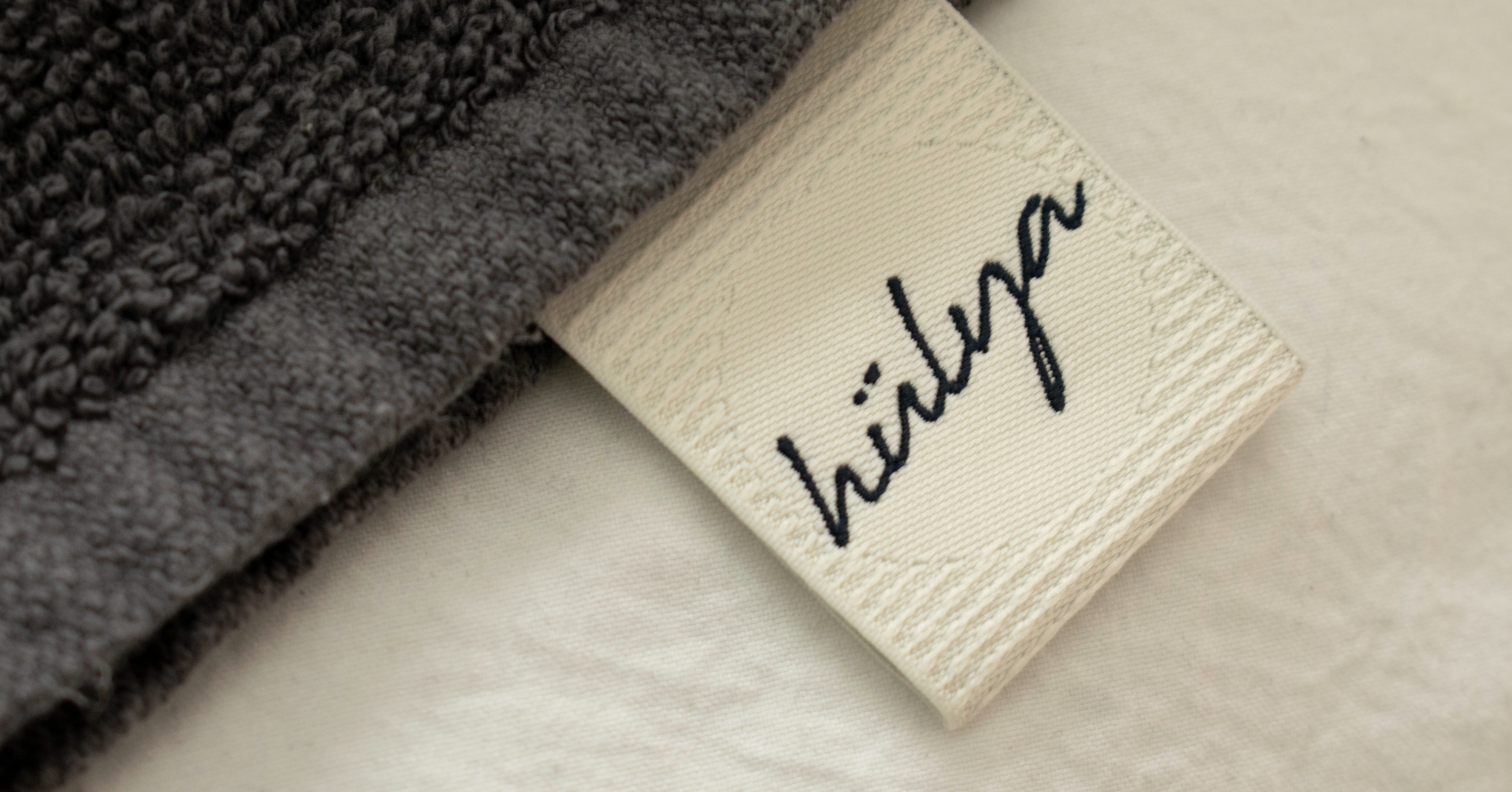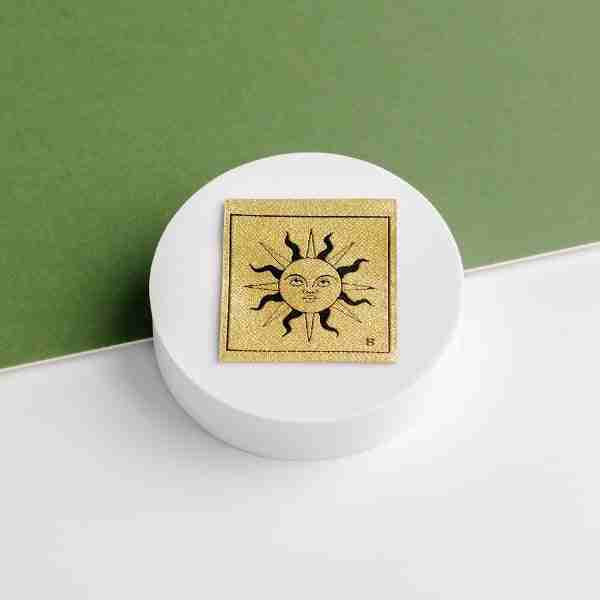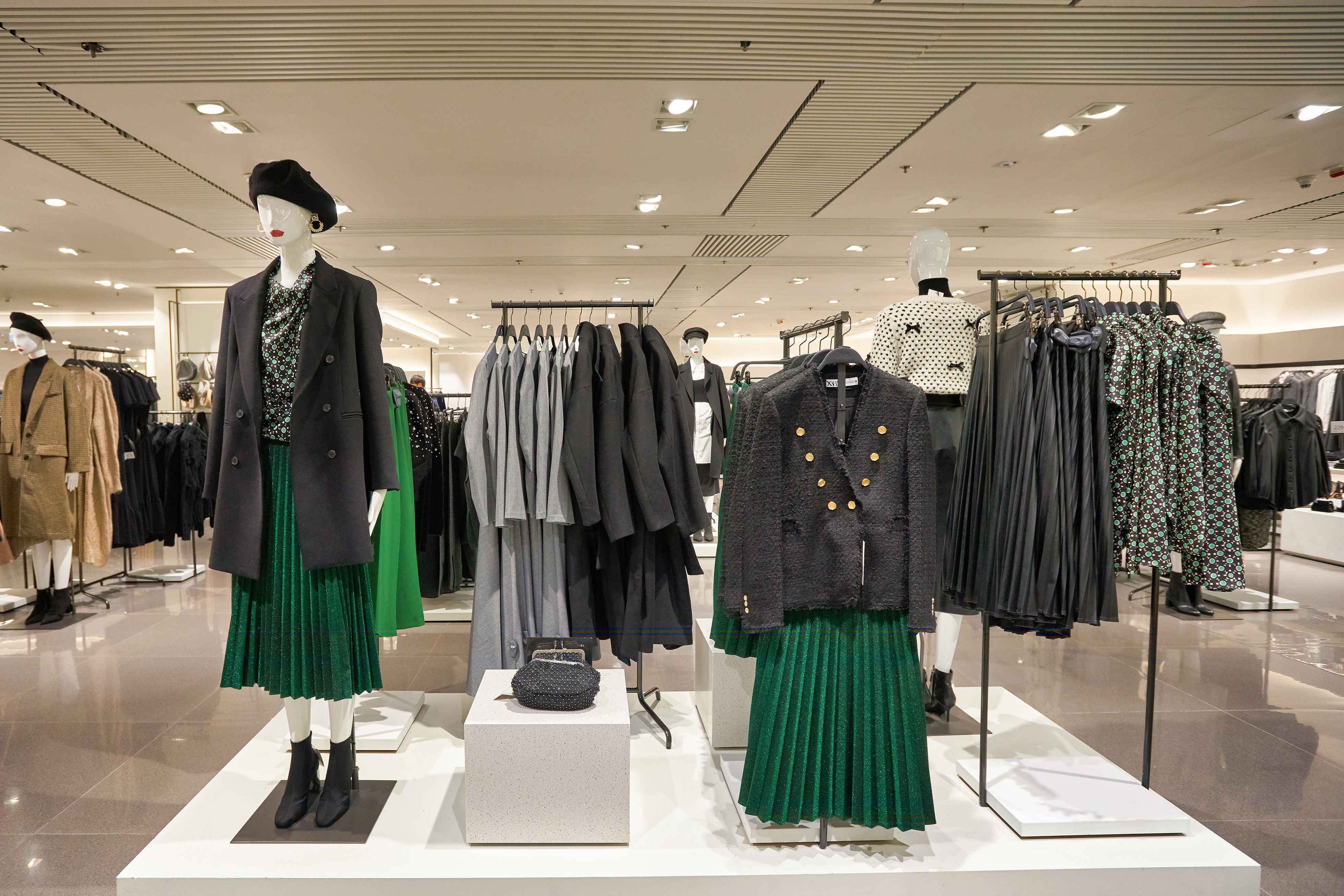Printed labels vs Woven labels: Which are better?
Printed labels or woven labels — which ones are better? Here’s everything you need to know about choosing between the two.

Labels can say a lot about a brand. Not just in terms of the colour or the design but the texture and feel, too. That’s why brands spend a lot of time exploring many types of labels to find one that best reflects their ethos.
Choosing the correct label for your brand can be tough. Do you choose printed or woven labels? What are the key differences between the two? Which ones are better?
Let’s find out.
What are printed labels?
As the name suggests, printed labels involve printing logos or designs directly onto the material of choice. They’re usually made of satin, cotton or a polyblend (like polysatin or polycotton) and have quicker turnaround times than woven labels.
Although they’re printed, they’re wash-resistant, particularly when quality inks are used in the printing process.
Brand loyalty often comes down to the details. That’s why brands spend time creating labels that reflect their ethos. With a limitless palette of colours, you can print labels as vibrant as your designs.
With printed designs, you get exactly what you design. Be it intricate details or striking visuals, printed labels can bring even your complicated designs to life.
What are woven labels?
Woven labels don’t just look good; they feel good, too. They’re soft and durable, with delicate designs woven into the fabric.
Commonly made of quality polyester or cotton threads woven together on a loom, woven labels are a premium choice that adds a touch of class to garments.
Thanks to the superior quality material, they last longer and feel luxurious. They’re slightly more limited design-wise, as they’re entirely woven, but they look and feel premium.
Printed vs woven labels: The key differences
Choosing the correct label largely depends on what you’re trying to convey as a brand. In reality, there isn’t a wrong answer. However, you should consider factors such as price, quality or turnaround time to help you decide.
Price
Printed labels tend to be more affordable. Since they’re easier to produce and can be made using a wide range of materials, they’re the more affordable option.
Woven labels require fabrics that can withstand the weaving process and are woven on looms, which takes more effort. That’s why they take more time to make, last longer and cost more.
Quality
Brands that prioritise a luxurious look and feel choose woven labels. They have a more premium feel and last longer since the designs are woven together.
When done right, printed labels look just as good as woven labels. Although they feel different, their limitless palette and detailed designs make them look impressive.
Durability
Owing to the way they’re crafted, woven labels are more durable. Woven labels tend to last throughout the garment’s lifespan, even when used well.
Printed labels look just as good but tend to rub off with repeated wash and wear. Despite quality ink being used in the process, they tend to fade with time and aren’t as durable as woven labels.
Design
Printed labels can incorporate even the most detailed designs, producing vibrant and complex patterns. They stay true to the original design, retaining its vision and vibrancy.
Woven labels can incorporate brand names and other simple design details but not the more complicated motifs. Although the palette is limited, woven labels look and feel more premium.
Manufacturing time
Printed labels have shorter turnaround times as they’re easier to manufacture. Unlike woven labels, printed labels involve simpler production processes. Printing designs on suitable materials is much quicker and easier than weaving.
Woven labels require a time-intensive and labour-intensive weaving process to create the design. They require specialised looms and skilled operators, increasing operational efforts and time.
Summary
A label is a powerful brand touchpoint, reflecting your company's ethos and vision through its colour, design, texture, and feel.
Your choice must align with your brand's core values, whether you prioritise affordability and detail (printed) or longevity and a premium feel (woven).
Printed labels
- Designs are printed onto materials (satin, cotton, or polyblends), offering a limitless colour palette and the ability to reproduce the most intricate details exactly as designed.
- They are the more affordable option with a simpler manufacturing process, leading to significantly shorter turnaround times.
- Durability trade-off: While wash-resistant, printed labels are less durable than woven and may be prone to rubbing off or fading over the garment's lifespan.
Woven labels:
- The design is meticulously woven using durable polyester or cotton threads, giving the label a soft, luxurious, and premium feel.
- Woven labels offer unmatched durability; they are crafted to last the entire life of the garment without fading or rubbing.
- Cost and design trade-off: They require a more time-intensive process, resulting in a higher cost and a more limited colour palette suitable for classic details rather than intricate graphics.
Ultimately, the 'better' label depends on your brand's priorities (price, quality, turnaround, design).
Choosing the right label for your brand
So, how to choose a label that’s right for your brand? You need to consider several factors before making the call. To make it easier, we’ve created a simple checklist to help you see what fits your brand best.

Want to see more branding options?
You've come to the right place. From printed labels and swing tickets to embroidered badges and eco polybags, our experienced and talented team are on hand to reach a creative solution. Follow the link below to see the full sustainable range.









